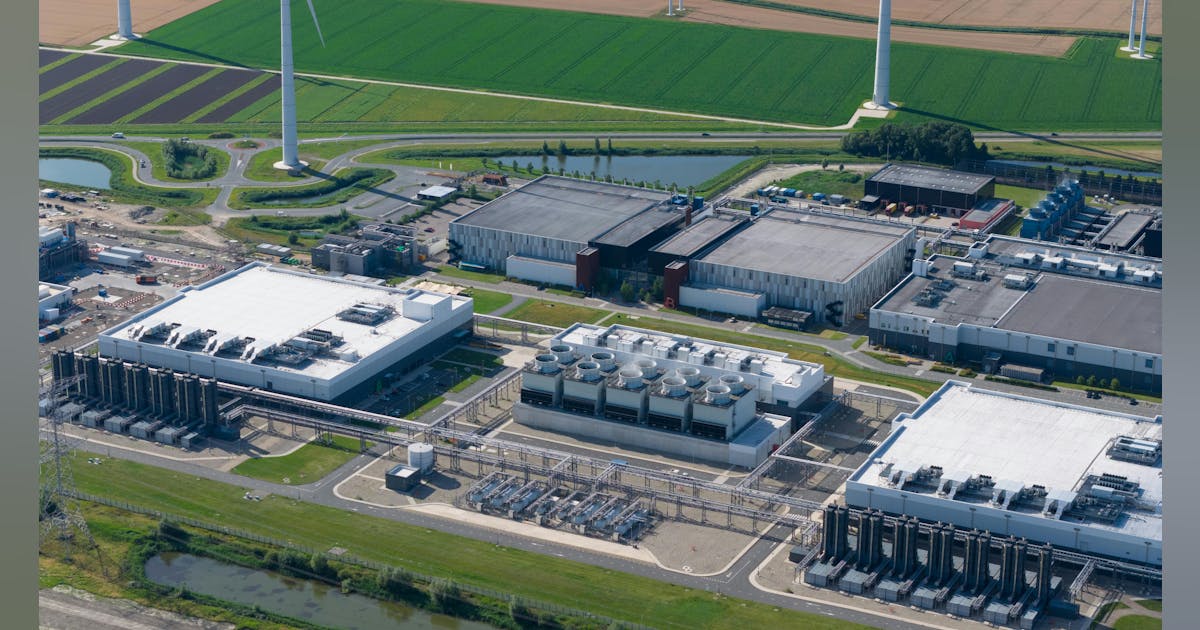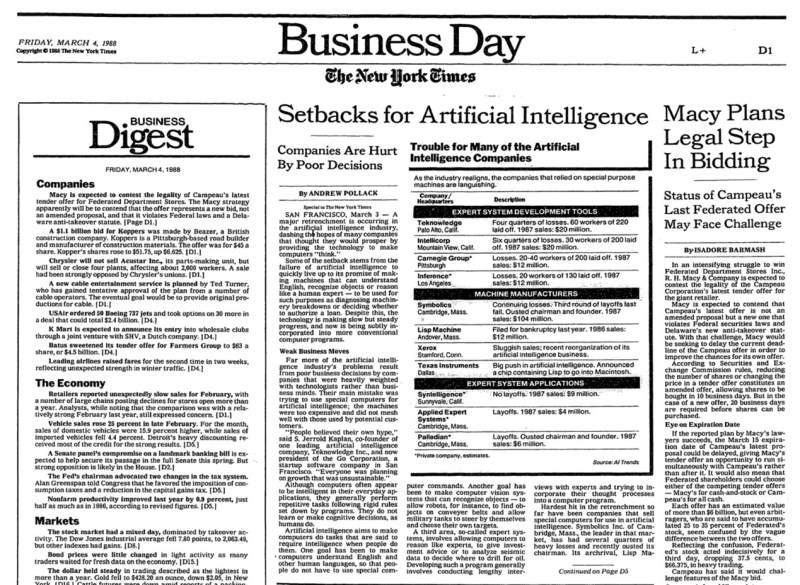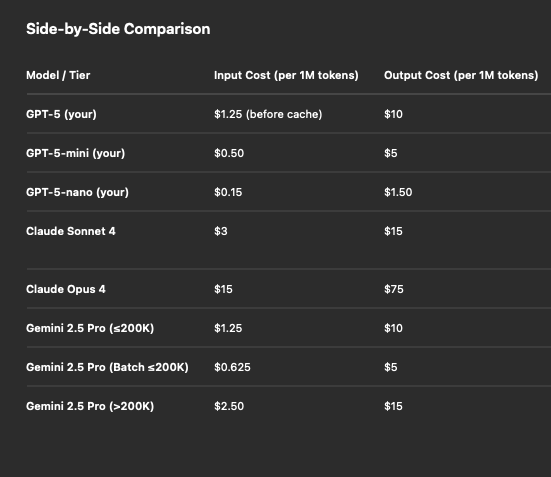Join our daily and weekly newsletters for the latest updates and exclusive content on industry-leading AI coverage. Learn More
Three years ago AI-powered code development was mostly just GitHub Copilot.
GitHub’s AI-powered developer tool amazed developers with its ability to help with code completion and even generate new code. Now, at the start of 2025, a dozen or more generative AI coding tools and services are available from vendors big and small. AI-powered coding tools now provide sophisticated code generation and completion features, and support an array of programming languages and deployment patterns.
The new class of software development tools has the potential to completely revolutionize how applications are built and delivered — or so many vendors claim. Some observers have worried that these new tools will spell the end for professional coders as we know it.
What’s the reality? How are tools actually making an impact today? Where do they fall short and where is the market headed in 2025?
“This past year, AI tools have become increasingly essential for developer productivity,” Mario Rodriguez, chief product officer at GitHub, told VentureBeat.
The enterprise efficiency promise of gen AI-powered code development
So what can gen AI-powered code development tools do now?
Rodriguez said that tools like GitHub Copilot can already generate 30-50% of code in certain workflows. The tools can also help automate repetitive tasks and assist with debugging and learning. They can even serve as a thought partner to help developers go from idea to application in minutes.
“We’re also seeing that AI tools not only help developers write code faster, but also write better quality code,” Rodriguez said. “In our latest controlled developer study we found that code written with Copilot is not only easier to read but also more functional — it’s 56% more likely to pass unit tests.”
While GitHub Copilot is an early pioneer in the space, other more recent entrants are seeing similar gains. One of the hottest vendors in the space is Replit, which has developed an AI-agent approach to accelerate software development. According to Amjad Masad, CEO of Replit, gen AI-powered coding tools can make coding anywhere between 10-40% faster for professional engineers.
“The biggest beneficiaries are front-end engineers, where there is so much boilerplate and repetition in the work,” Masad told VentureBeat. “On the other hand, I think it’s having less impact on low-level software engineers where you have to be careful with memory management and security.”
What’s more exciting for Masad isn’t the impact of gen AI coding on existing developers, but rather the impact it can have on others.
“The most exciting thing, at least from the perspective of Replit, is that it can make non-engineers into junior engineers,” Masad said. “Suddenly, anyone can create software with code. This can change the world.”
Certainly gen AI-powered coding tools have the potential to democratize development and improve professional developers’ efficiency.
That said, it isn’t a panacea and it does have some limitations, at least for now.
“For simple, isolated projects, AI has made remarkable progress,” Itamar Friedman, cofounder and CEO of Qodo, told VentureBeat.
Qodo (formerly Codium AI) is building out a series of AI agent-driven enterprise application development tools. Friedman said that using automated AI tools, anyone can now create basic websites faster and with more personalization than traditional website builders can.
“However, for complex enterprise software that powers Fortune 5000 companies, AI isn’t yet capable of full end-to-end automation,” Friedman noted. “It excels at specific tasks, like question-answering on complex code, line completion, test generation and code reviews.”
Friedman argued that the core challenge is in the complexity of enterprise software. In his view, pure large language model (LLM) capabilities on their own can’t handle this complexity.
“Simply using AI to generate more lines of code could actually worsen code quality — which is already a significant problem in enterprise settings,” Friedman said. “So the reason that we don’t see huge adoption yet is because there are still more advances in technology, engineering and machine learning that need to be achieved in order for AI solutions to fully understand complicated enterprise software.”
Friedman said that Qodo is addressing that issue by focusing on understanding complex code, indexing it, categorizing it and understanding organizational best practices to generate meaningful tests and code reviews.
Another barrier to broader adoption and deployment is legacy code. Brandon Jung, VP of ecosystem at gen AI development vendor Tabnine, told VentureBeat that he sees a lack of quality data preventing wider adoption of AI coding tools.
“For enterprises, many have large, old code bases and that code is not well understood,” Jung said. “Data has always been critical to machine learning and that is no different with gen AI for code.”
Towards fully agentic AI-driven code development in 2025
No single LLM can handle everything required for modern enterprise software development. That’s why leading vendors have embraced an agentic AI approach.
Qodo’s Friedman expects that in 2025 the features that seemed revolutionary in 2022 — like autocomplete and simple code chat functions — will become commoditized.
“The real evolution will be towards specialized agentic workflows — not one universal agent, but many specialized ones each excelling at specific tasks,” Friedman said. “In 2025 we’re going to see many of these specialized agents developed and deployed until eventually, when there are enough of these, we’re going to see the next inflection point, where agents can collaborate to create complex software.”
It’s a direction that GitHub’s Rodriguez sees as well. He expects that throughout 2025, AI tools will continue to evolve to assist developers throughout the entire software lifecycle. That’s more than just writing code; it’s also building, deploying, testing, maintaining and even fixing software. Humans will not be replaced in this process, they will be augmented with AI that will make things faster and more efficient.
“This is going to be accomplished with the use of AI agents, where developers have agents helping them with specific tasks through every step of the development process — and critically, an iterative feedback loop that keeps the developer in control at all times,” Rodriguez said.
In a world where gen AI-powered coding will become increasingly mainstream in 2025 and beyond, there is at least one differentiator that will be key for enterprises. In Rodriguez’s view, that’s platform integration.
“To truly succeed at scale, AI tooling has to integrate seamlessly into existing workflows,” Rodriguez said.
Daily insights on business use cases with VB Daily
If you want to impress your boss, VB Daily has you covered. We give you the inside scoop on what companies are doing with generative AI, from regulatory shifts to practical deployments, so you can share insights for maximum ROI.
Read our Privacy Policy
Thanks for subscribing. Check out more VB newsletters here.
An error occured.






















